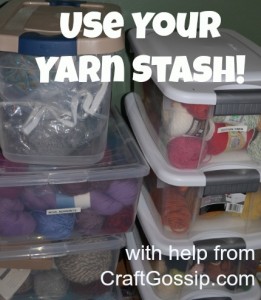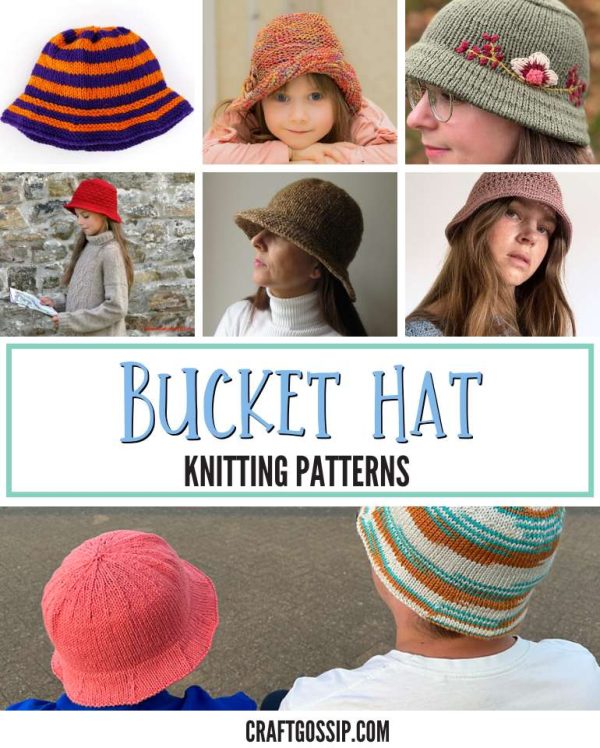 Yesterday we looked at our odd balls and organized in terms of yarn weight. Maybe you already have an idea of some yarns that you’d like to go together in a project. If so, that’s awesome!
Yesterday we looked at our odd balls and organized in terms of yarn weight. Maybe you already have an idea of some yarns that you’d like to go together in a project. If so, that’s awesome!
But sometimes you need a little more information about a yarn before you dive into using it. And with unlabeled balls the thing you may still want to know is what kind of fiber you’re dealing with.
Sometimes you can tell a bit by touch — at least enough to know if something is a natural on manufactured fiber. Sometimes you can tell cotton (or at least something in the cotton/hemp/linen family) by the feel, and you can often feel something and know it’s made with at least some animal hair. 
There’s no 100 percent surefire way to determine what every unlabeled yarn in your stash is, mostly because there are probably blends, and a lot of the fibers react in a similar way when you test them.
The most common test for determining what kind of fiber you’re dealing with in known as the burn test, because you set the yarn on fire and see what happens.
Of course you’ll want to do this in a safe place, away from children and animals, with a protected surface and using only a small sample of the yarn.
Set it on fire (I use a long lighter) and observe. What happens to the fiber? Does it burn or melt? Natural fibers (and rayon, since it’s made from wood) will burn, while acrylics and synthetics melt. How does it smell? Wool and the animal fibers smell like burning hair, as you might imagine, while cotton yarn and similar fibers smell like paper or leaves. The manmade fibers can smell anything from vinegar to fish to chemicals, and they usually give off black smoke and leave behind various interesting residues.
I’m not a huge expert on burn testing, so if you want to try it for yourself you’ll want to check out more detailed information at FabricLink and Fiber-Images.
If you’re still wondering what something is, or you just don’t want to go to the bother of testing, assume what you have before you is not machine washable. Or knit a swatch (which uses more yarn, yeah!) and launder it the way you might want to launder something made out of the yarn. If it felts or something else drastic happens, you’ll have learned something valuable even if you don’t know exactly what the fiber is.
Have you tried a burn test or another method to learn about a mystery fiber? I’d love to hear about it!
 As I was starting to write this post I thought that it was true that I’d never done a roundup of bucket hat knitting patterns before. But then I looked, and I actually did one last year (which you can find
As I was starting to write this post I thought that it was true that I’d never done a roundup of bucket hat knitting patterns before. But then I looked, and I actually did one last year (which you can find
My mom taught me about this, but then, she’s got a degree in chemistry. Whenever I try it myself I end up getting flustered and and up not noting the crucial bits.
It’s fascinating stuff though.
I have used the cholorine bleach test on yarn. Wool or animal fibers will completely dissolve in a couple of minutes. Pour a small amount of bleach in a small glass dish and cut 2 or 3 inches of the yarn and just drop it in it the dish. If it doesn’t all dissolve, it is a blend.
I have used the “burn test,” and it has proved most valuable.